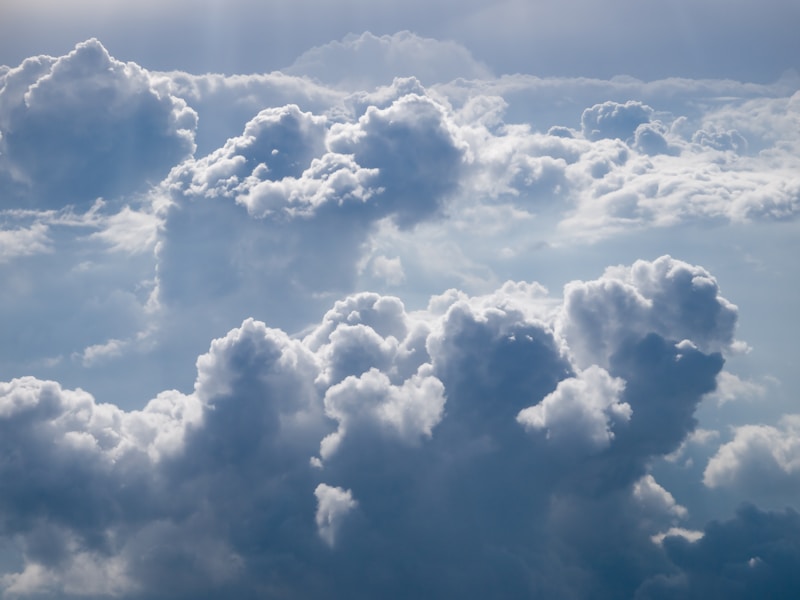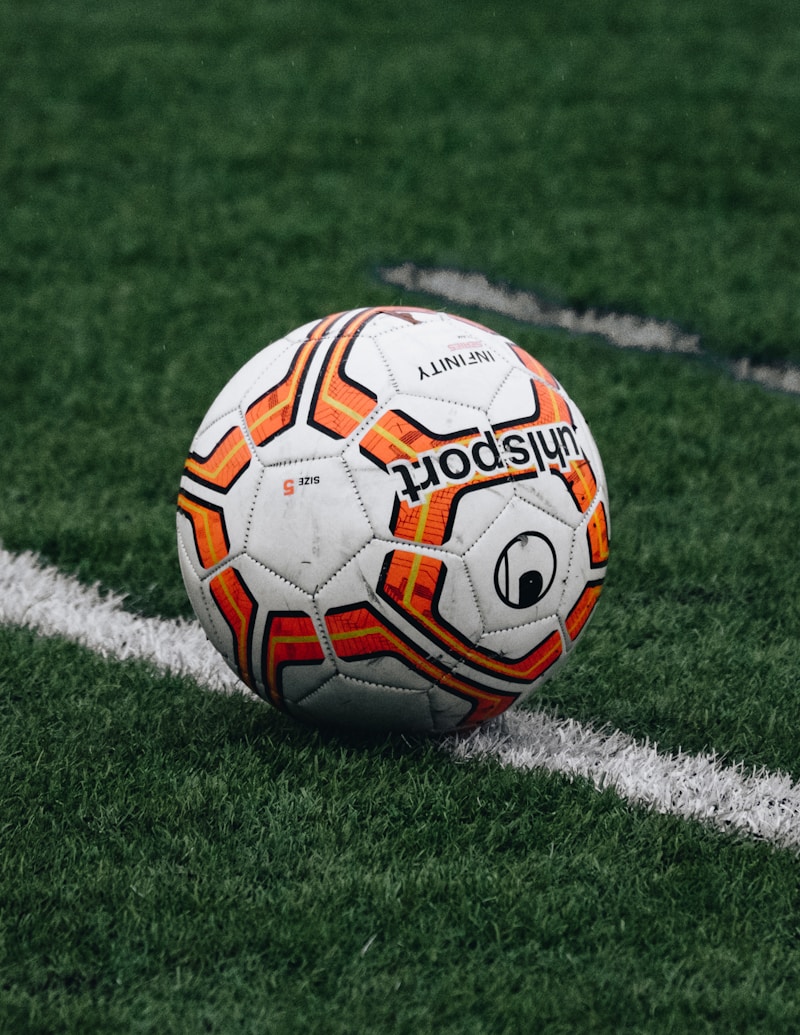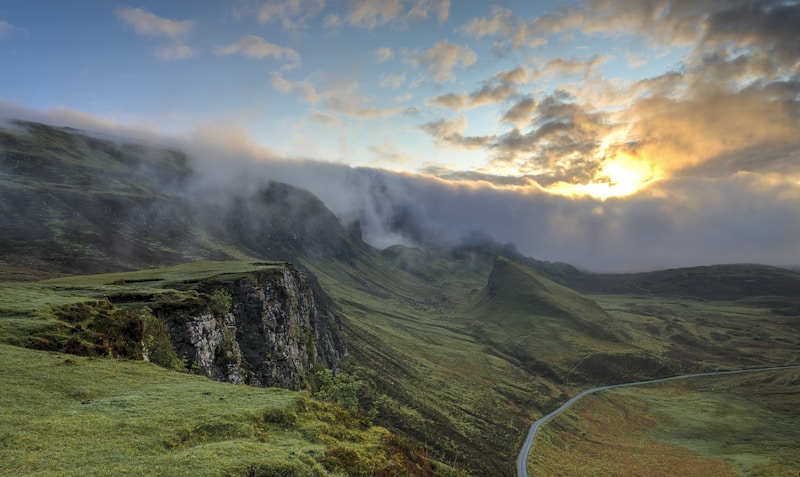The Kwakwaka'wakw People
Transformation Mask Masters - Potlatch Ceremony Keepers - Thunderbird Clan Descendants
Who Are the Kwakwaka'wakw?
The Kwakwaka'wakw ("those who speak Kwak'wala") are a confederation of indigenous nations numbering approximately 8,000 people, inhabiting the northern Vancouver Island and adjacent mainland coast of British Columbia, Canada. Among the Pacific Northwest Coast's most artistically accomplished peoples, the Kwakwaka'wakw are world-renowned for their spectacular transformation masks—mechanical wooden masks that dramatically open during ceremonial dances to reveal inner faces representing supernatural beings transforming from human to animal to spirit form. Their elaborate potlatch ceremonies, where chiefs distributed vast wealth to affirm social status and fulfill obligations, were so central to culture that the Canadian government's potlatch ban (1885-1951) targeted them specifically. Despite this cultural suppression, the Kwakwaka'wakw preserved their traditions, language, art forms, and social structures. Today they maintain vibrant cultural practices including cedar carving, button blanket making, language revitalization programs, and the return of confiscated potlatch regalia from museums worldwide.
Potlatch Ceremony and Social Structure
The potlatch (Chinook jargon from Nuu-chah-nulth "to give") was the centerpiece of Kwakwaka'wakw social, economic, and spiritual life. These elaborate multi-day ceremonies marked major life events—births, marriages, deaths, assumption of hereditary names, house construction. Chiefs and nobles hosted potlatches, inviting hundreds of guests who witnessed ceremonial dances, heard oral histories establishing lineage and rights, and received gifts—blankets, boxes, canoes, coppers (shield-shaped copper plaques worth enormous value). The more a chief gave away, the greater his prestige. Guests who accepted gifts acknowledged the host's claims to names, territories, and resources. This wasn't wasteful extravagance but sophisticated social contract and wealth redistribution. The Canadian government, failing to understand potlatch's economic and legal functions, banned it in 1885 as "wasteful" and "uncivilized." Kwakwaka'wakw continued practicing secretly, and when caught in 1922, many were arrested and ceremonial regalia confiscated. This cultural genocide attempt failed—potlatching resumed immediately after the 1951 ban repeal and thrives today.
Transformation Masks and Ceremonial Art
Kwakwaka'wakw artistic achievement reached extraordinary heights in ceremonial masks, particularly transformation masks. These engineering masterpieces featured multiple faces—outer masks split or opened via hidden strings to reveal inner beings, representing supernatural transformation central to Kwakwaka'wakw cosmology. The Hamatsa (Cannibal Dancer) ceremony featured initiates possessed by Baxwbakwalanuksiwe (Cannibal-at-the-North-End-of-the-World), who had to be "tamed" through ritual. Dancers wore elaborate masks depicting supernatural birds—Huxwhukw (Crooked-Beak), Galokwudzuwis (Raven), and Kwikwilyega. Other masks represented Thunderbird (mighty supernatural bird), Dzunukwa (wild woman of the woods), Komokwa (undersea copper chief), and countless other beings. Master carvers used red cedar, paint (black, red, white, blue-green), copper, and abalone shell to create masks of stunning beauty and spiritual power. These weren't mere art—they embodied supernatural beings, held sacred power, and could only be used by those with hereditary rights.
Fishing, Feasting, and Maritime Lifestyle
The Kwakwaka'wakw inhabited one of Earth's richest marine environments. Five species of Pacific salmon ran annually—sockeye, coho, chinook, chum, pink—providing abundant protein preserved through smoking and drying. Herring spawned in such numbers that people harvested roe on kelp fronds. Eulachon (candlefish), so oily they could be burned as candles, were rendered into valuable grease traded extensively. Halibut, cod, and other fish supplemented salmon. Shellfish—clams, mussels, sea urchins, abalone—were gathered by women. Men hunted seals, sea lions, porpoises, and occasionally whales. The abundance allowed permanent villages rather than nomadism, with massive cedar plank houses housing entire extended families. House frontal poles displayed family crests. Monumental totem poles commemorated ancestors and major events. The wealth generated by fishing supported artistic specialization, elaborate ceremonialism, and complex social hierarchies unknown among less resource-rich peoples.
Potlatch Ban and Cultural Resistance
The 1885 potlatch ban was part of broader Canadian assimilation policy. Indian Agents raided ceremonies, confiscated masks and regalia, arrested participants. The 1922 Cranmer Potlatch at Village Island resulted in 45 arrests. Authorities offered reduced sentences to those who surrendered ceremonial treasures. Hundreds of irreplaceable masks, coppers, blankets, and regalia were seized and sold to museums—the Royal Ontario Museum, National Museum of Canada, Field Museum, American Museum of Natural History acquired Kwakwaka'wakw collections this way. Despite persecution, potlatching continued in secret. Elders hid regalia in remote locations. Knowledge was transmitted privately. The ban's 1951 repeal came partly from anthropologists' advocacy and growing recognition of indigenous rights. However, returning confiscated items proved difficult. The U'mista Cultural Centre in Alert Bay and Nuyumbalees Cultural Centre in Cape Mudge now house repatriated collections, though many pieces remain in museums worldwide. The potlatch ban demonstrates colonialism's attempt to destroy indigenous social systems, and the Kwakwaka'wakw's successful resistance demonstrates cultural resilience.
Contemporary Cultural Revival
Modern Kwakwaka'wakw communities actively maintain and revitalize culture. Kwak'wala language, a Wakashan language with complex grammar and rich vocabulary, is critically endangered but being revitalized through immersion schools, digital apps, and elder-youth programs. Traditional carving experienced renaissance—artists create totem poles, masks, and canoes using ancient techniques taught through mentorship. Button blankets—wool blankets decorated with felt appliqué designs and buttons—are worn at ceremonials. Potlatches occur regularly, marking life events and affirming social relationships. Big houses host ceremonies with traditional songs, dances, and regalia. Museums worldwide have returned some confiscated items, though repatriation continues. The Namgis First Nation, 'Namgis First Nation, and other Kwakwaka'wakw communities operate schools, health services, and fisheries. Artists like Tony Hunt and Calvin Hunt carry forward family artistic traditions. The Kwakwaka'wakw demonstrate that cultural survival requires active resistance to colonialism, intergenerational knowledge transmission, and adaptation while maintaining core values and practices that define identity.
Image Gallery





